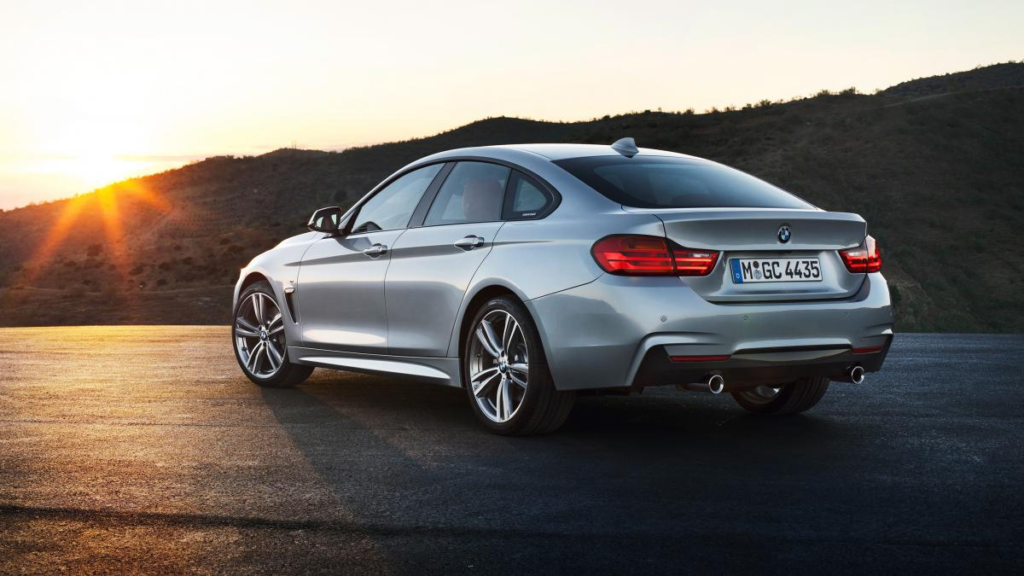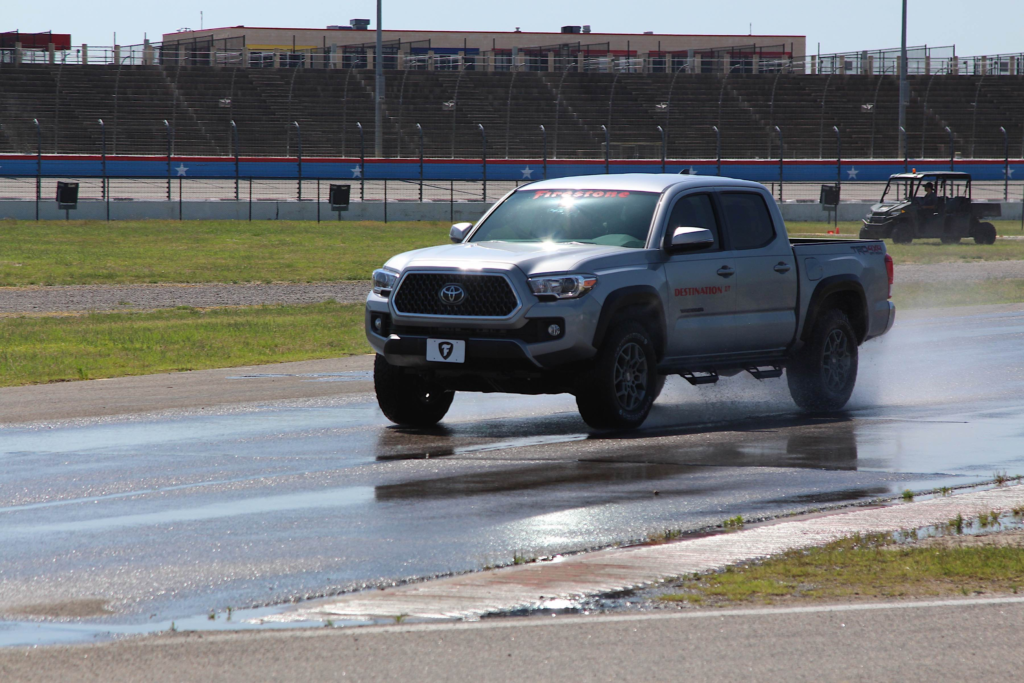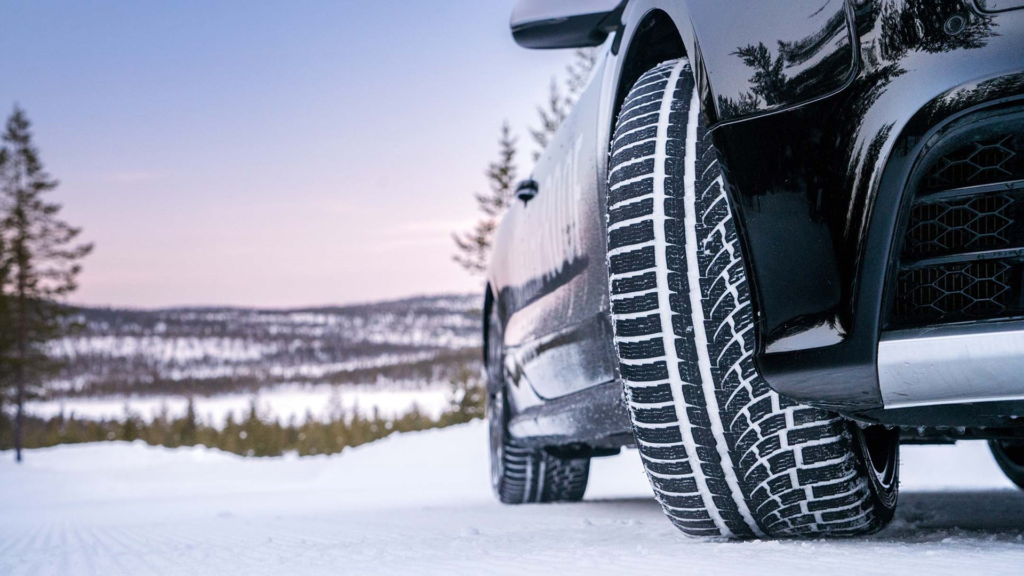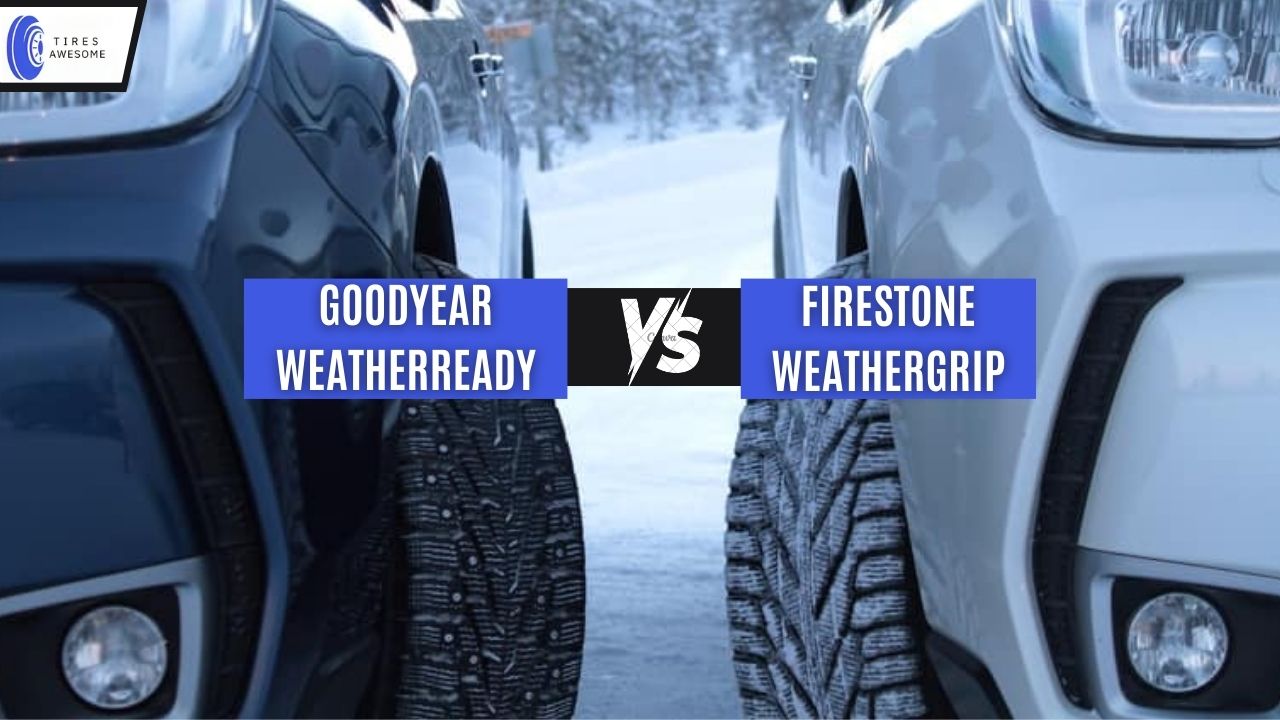As we explore their strengths and weaknesses, we will uncover how Goodyear Assurance WeatherReady vs Firestone WeatherGrip tire fares regarding traction, handling, durability, and overall performance in various weather conditions. If you drive in the city or go off-road, knowing the difference between Goodyear’s WeatherReady and Firestone’s WeatherGrip tires is essential for a safer and better driving experience. Let’s compare these all-weather tires!
Comparison: Goodyear Assurance WeatherReady Vs Firestone WeatherGrip Tire
The Assurance WeatherReady boasts Goodyear’s innovative technology, providing exceptional traction on wet and dry roads, as well as snowy surfaces. Its unique tread pattern and specialized rubber compound ensure reliable handling and braking in challenging conditions. The Firestone WeatherGrip is designed with an all-season tread compound that delivers impressive grip on both wet and dry roads while also providing enhanced traction in light snow.
Results
They conducted test on four tires at its facility and created a graph to compare the performance of Goodyear Assurance WeatherReady and Firestone WeatherGrip in various categories. The Assurance WeatherReady served as the reference point, scoring 100, with each point on the scale representing a 5-point difference in performance.
The test covered snow and ice performance, including acceleration, braking, and handling. The tested tires were size 225/50/R17, commonly used for Audi A4 and Honda Accord vehicles. The testing used a rear-wheel drive 2017 BMW F36 430i Gran Coupe equipped with a 17×7.5 rim.

Wet Performance
Wet roads reduce tire friction compared to dry roads, increasing the likelihood of car accidents. The EU label prioritizes wet braking of Firestone vs Goodyear as one of its critical criteria. WeatherGrip outperformed Assurance WeatherReady in damp braking, stopping 2.2 feet (0.67m) earlier. In wet handling, WeatherGrip had a 0.75-second advantage in lap time and received a subjective score of 6.1 out of 10, while Assurance WeatherReady scored 5.92 out of 10.

WeatherGrip holds a slight edge in wet conditions. WeatherGrip achieves a wet braking rating of 1.8 and a wet handling rating of 0.9 (subjective), with a lap time wet handling rating of 2.1.
Dry Performance
Safety is usually not a worry in dry weather because it takes longer to stop than in wet conditions. In dry conditions, WeatherGrip stopped 1.8 feet earlier than Assurance WeatherReady, going from a speed of 50mph (80km/h) down to 0. Assurance WeatherReady had better handling, rating 6.57 out of 10 compared to WeatherGrip’s 6.26 out of 10. Assurance WeatherReady was also faster by 0.38 seconds per lap.
WeatherGrip was better at stopping in dry conditions, but Assurance WeatherReady had better handling. WeatherGrip has a dry braking rating of 1.9, a subjective dry handling rating of -1.6, and a lap time dry handling rating of -1.2. This information is provided in an informative tone.
Noise/Comfort/Ride Quality
During testing, Assurance WeatherReady was deemed more comfortable and quieter than WeatherGrip, earning a rating of 7.36 out of 10 compared to WeatherGrip’s rating of 6.98 out of 10. The primary distinction between the two tires was the noise level, with WeatherGrip scoring -1.9 in average noise, comfort, and ride quality. The Assurance WeatherReady has lower noise levels than the Firestone WeatherGrip, making for a quieter driving experience in different road conditions. This is important for drivers who want a peaceful cabin environment.
Snow Performance
The Goodyear vs Firestone has the 3 Peak Mountain logo, showing they meet specific snow traction standards. WeatherGrip did better than Assurance WeatherReady in the snow test by stopping 1.5 feet earlier from 25 mph to 0 and had better snow acceleration.
Assurance WeatherReady had a slightly faster lap time, but its snow-handling performance was worse. WeatherGrip has a snow braking rating of 2.8, a snow acceleration rating of 1.7, and a subjective snow handling rating of 0.8, with a lap time snow handling rating of -0.7.

Ice Performance
In Firestone WeatherGrip vs Goodyear WeatherReady, WeatherGrip tires performed better than Assurance WeatherReady tires on icy surfaces. When braking from 12 mph (20 km/h) to 0, WeatherGrip stopped 4.3 feet (1.3m) sooner than Assurance WeatherReady.
It also had better traction, covering a distance of 60 feet in 0.16 seconds less than Assurance WeatherReady. WeatherGrip is the better tire for icy conditions, with a rating of 10.1 for ice braking and 3.3 for ice acceleration.
UTQG Rating
Our previous research showed that the UTQG tread wear rating can predict how many miles tires will last. Here are the UTQG values for two tire lines:
| Brand | Tire line | Size | Tread Wear | Traction | Temperature |
| Goodyear | Assurance WeatherReady | All | 700 | A | A |
| Firestone | WeatherGrip | All | 640 | A | A |
WeatherGrip is guaranteed for 65,000 miles. In contrast, Assurance WeatherReady is guaranteed for 60,000 miles. Despite this, the lower UTQG tread wear rating of 640 for WeatherGrip compared to Assurance WeatherReady’s 700 rating doesn’t match these mileage guarantees. Because the UTQG ratings and mileage guarantees conflict, both tires should last about the exact miles.
Fuel Efficiency
The differences between Goodyear WeatherReady and Firestone Weathergrip in fuel efficiency are important to think about. The Goodyear WeatherReady tire has a 21% reduction in rolling resistance compared to regular all-weather tires. This can lead to a potential 2% improvement in fuel economy, saving money and helping the environment.
The Firestone Weathergrip also has good fuel efficiency, with a 20% lower rolling resistance compared to its old tires, resulting in an estimated 3% increase in fuel economy. Both options offer real benefits for drivers who want better fuel efficiency without compromising performance or safety on the road.
Price
The Goodyear brand is well-known for its premium quality and boasts a three-peak mountain rating for severe snow conditions, making it stand out in terms of all-season performance. However, this quality comes with a higher price tag, as the Assurance WeatherReady tire in size 225 50 R17 is priced at $202.
On the other hand, the Firestone WeatherGrip offers competitive pricing at $175 for the same size, positioning it as a more budget-friendly option compared to the Goodyear offering. Despite being $29 cheaper than the Goodyear tire, it still delivers solid performance and is an attractive choice for drivers seeking a cost-effective all-weather tire solution.
Summary
Goodyear Assurance WeatherReady vs Firestone WeatherGrip has advanced technology for better traction and handling in different weather. The Assurance WeatherReady aims for a smooth and quiet ride with its unique tread design, while the WeatherGrip focuses on durability and all-weather performance. Choosing between these tires depends on individual driving needs, climate, and budget. Consumers need to compare the features of each tire with their driving habits and local weather to make a good choice. The correct tire can make a big difference in driving safety and comfort, whether on wet roads or in light snow.
FAQs:
Is Goodyear A Premium Tire Brand?
Goodyear is a well-known tire brand in the car industry. It’s known for making high-quality tires with advanced technology. People trust Goodyear because its tires are durable and perform well. They offer many tires for different vehicles and driving conditions, so many people like to buy them.
Are Goodyear Assurance Weather-Ready Tires Quiet?
Goodyear Assurance WeatherReady tires are made to give a soft and comfortable driving experience. The tire’s design helps reduce road noise, making the ride more modest than other all-weather tires. This is great for drivers who want a smooth and peaceful drive.
Is Firestone WeatherGrip A Directional Tire?
Yes, Firestone WeatherGrip is a directional tire. Directional tires are designed to rotate in only one direction, and they typically have an arrow on the sidewall indicating the correct rotation. The tread pattern of directional tires is specifically designed to channel water away from the tire’s footprint.
Are Goodyear Assurance WeatherReady Tires Directional?
Goodyear Assurance WeatherReady tires have a tread pattern that is designed to rotate in one direction for better performance. The tread pattern is meant to improve traction and stability in wet and snowy conditions by moving water and slush away from the tire’s contact patch.

